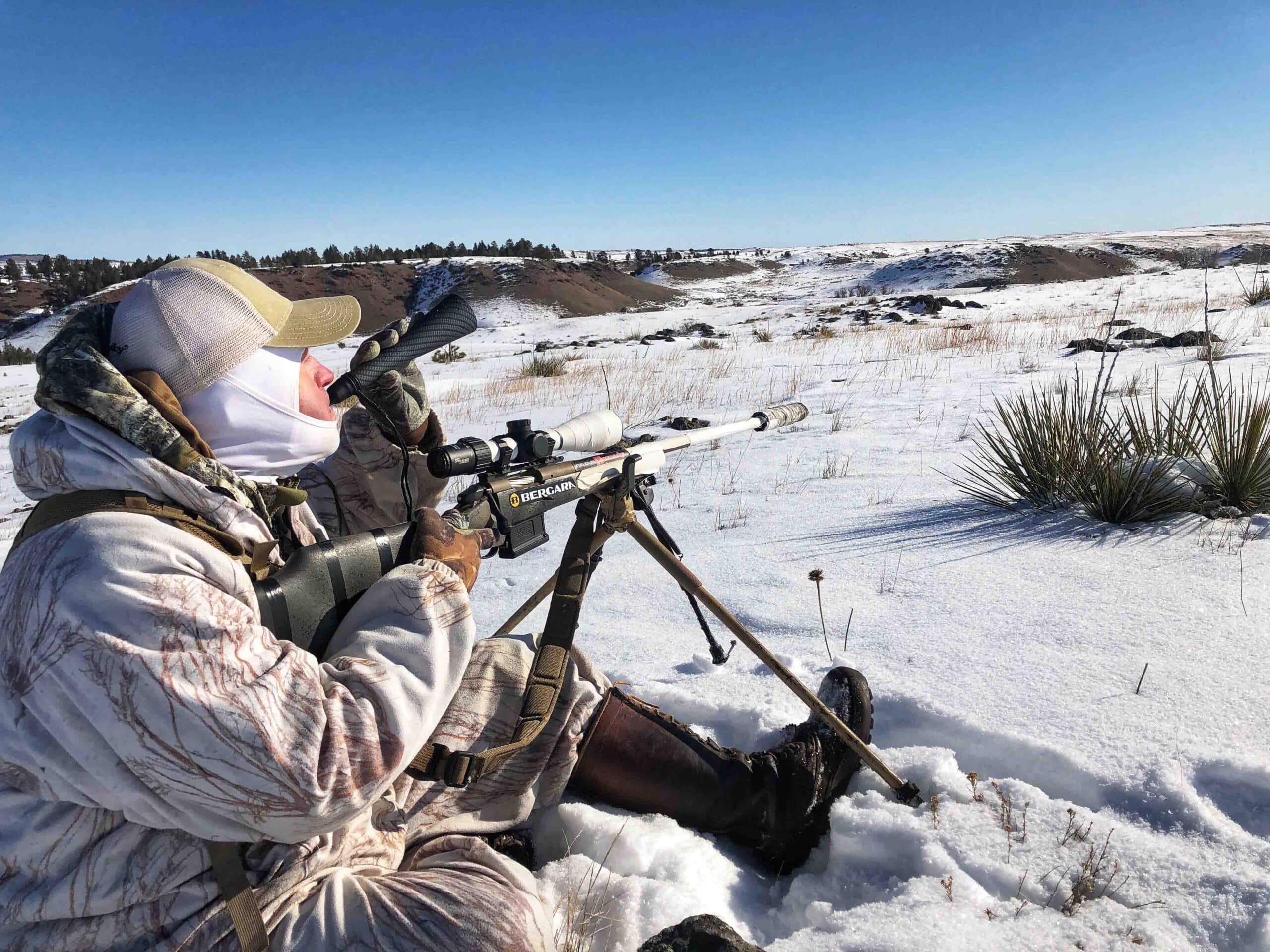5 Cold Weather Predator Hunting Tips
Winter equals cold temperatures. Sometime during the icy months expect a severe drop in temperatures. Those Arctic waves of bitter chill may include subzero temperatures or windchills. Farther South they may drop temperatures below freezing. In any case, coyote hunting may heat up and understanding the way cold affects coyotes and you could lead to additional fur.
Check The Forecast And Prepare
Check your smartphone and Moultrie Mobile app for the latest forecast and approaching cold fronts. Now prepare. In addition to planning sets with anticipated winds, study the severity, duration and warnings associated with a storm. This aids you in preparing your hunting vehicle for driving and possible extraction. It also assists you in assembling an outfit consisting of layers to ward off the chill. Add hand and toe warmers, face coverings, and a padded seat to keep your tush dry.
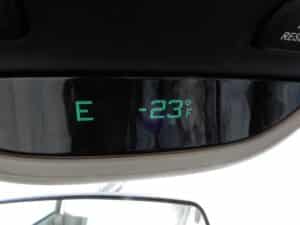
Finally, prep your gear. Wipe excess oil from your firearm to prevent freezing. Stash extra batteries in your pack for electronic callers and add in a couple of hand calls as backups if electronics fail. Now you are ready.
Sleep In When It’s Really Cold
I am an early riser. Whether hunting whitetails, elk or coyotes, I believe getting to your ambush location in the dark and getting the jump on animals moving at dawn has merit. In severe cold, I modify that plan for coyotes. Animals react differently to cold temperatures, but most understand that being exposed to the conditions is not a sound survival technique. Instead, many species hunker down into what researchers call semi-hibernation. Moving less in severe cold conserves energy until conditions warm up. Those warming conditions could be the passing of a cold front or simply the warming landscape from sunrise.
When the thermometers bottom out I plan on starting setups an hour or more after sunrise to allow the terrain to warm, and ignite movement in prey, and predator alike. Animals may not follow this lockdown during normal winter weather, but when Arctic air makes an appearance, expect more sluggish starts to the day.
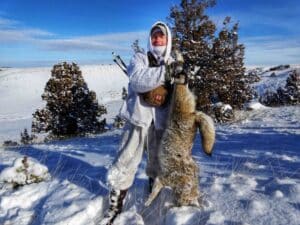
Hunt Close To Predator Food Sources
With calorie counting a priority, coyotes will spend more time near food sources of abundance. Scout for any areas where a coyote has the highest success for landing a meal. Look for areas sporting ideal prey habitat that has not been overgrazed, snowed in and has visible wildlife numbers. Deep, fluffy snow has a dramatic effect on where coyotes hunt as plowing through the soft stuff burns more calories as compared to following icy riverbeds, packed livestock trails, windblown ridges or even plowed farm trails. When these easy routes lead to a solid food source, expect coyote attendees.
Coyotes hang out near livestock, wintering deer herds, rabbit-rich thickets, rodent-ridden grasslands and near domiciles that harbor nearly everything including a wayward barn cat. Although they may not attack a full-grown cow, coyotes will lurk in the edges feeding on spilt grain and hoping for a chance at an unfortunate herd member. Do your homework and find the food.
Choose Prey Sounds Wisely
While tracking down coyotes, consider that they judge every hunting situation on the risk involved. This means that in normal, cold conditions, coyotes may ignore a spry whitetail buck if a bucketload of mice are available in a grassy waterway. A buck, although brimming with calories, represents danger in the takedown. A large pack of coyotes may easily be able to down a deer, even with slashing hooves, but a coyote pair may detour away from the risk involved.
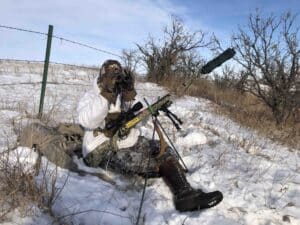
When considering calls keep this in mind. Rodents and bird squalls have more appeal than the bellow of an adult cow. Fawns, lambs and piglets in the throes of death also cater to hungry coyotes looking for reduced risk while hunting. Add in crows, jays and magpie sounds to create a party atmosphere, and your winter setup offers ample appeal.
Start A Fight
Lastly, if prey-in-distress sounds fails to ignite action, add in the sounds of a coyote fight. Call-pressured coyotes may dodge prey sounds, but add in the sounds of squabbling coyotes or use the sounds alone to trick a savvy canine.
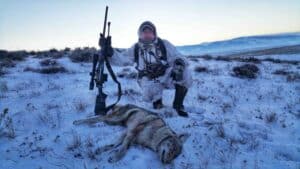
The sounds of coyotes bickering could be deemed from pack members fighting over scraps, coyotes fighting with another predator or even coyote males beginning to spar over breeding rights to a nearby female. Regardless, a coyote may be sparked to investigate rowdy territorial invaders, especially those raiding the prey.
Cold, finger-numbing weather has its challenges, but coyotes need to eat and a Northern blast of winter air could be the answer to another fawn killer removed.
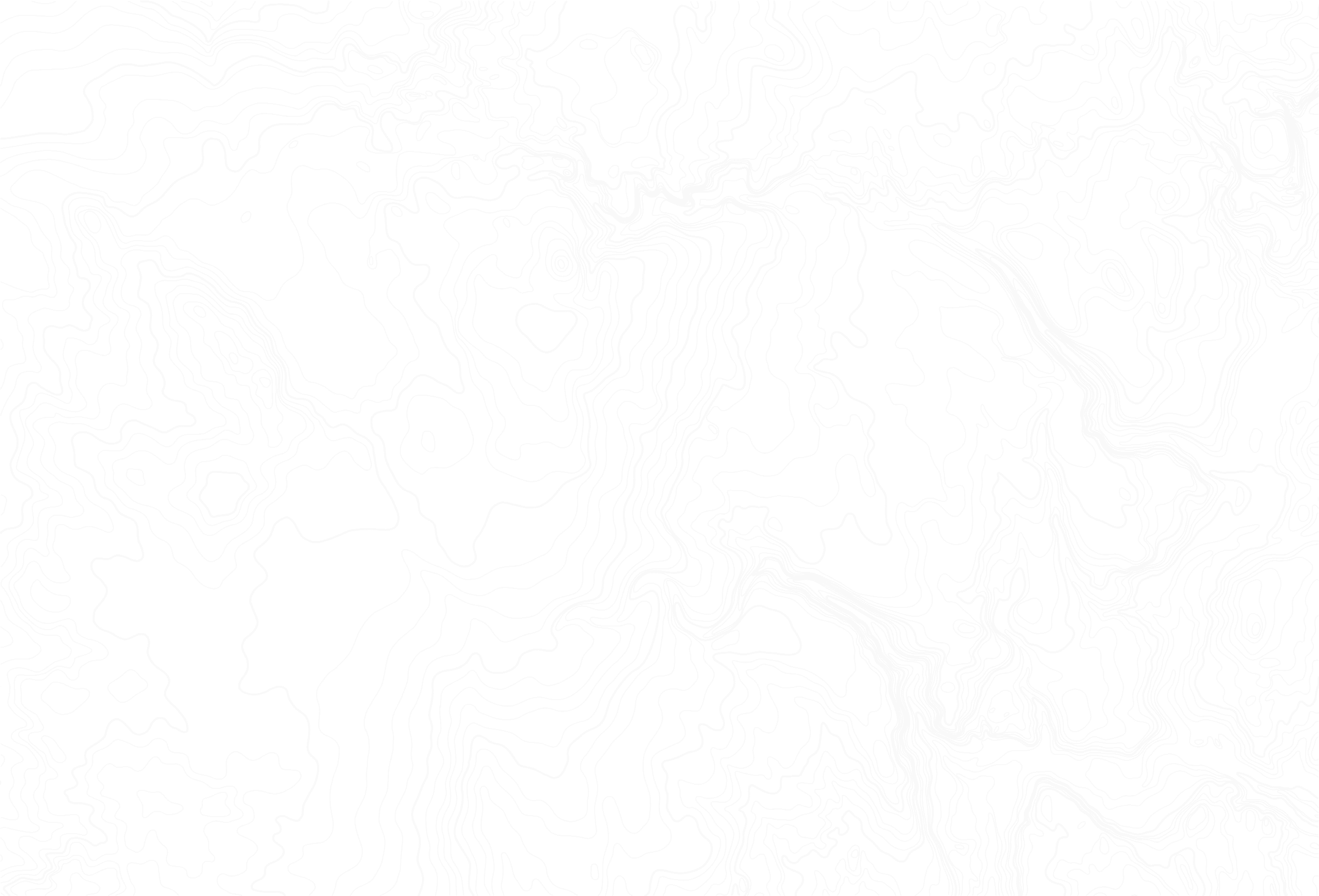
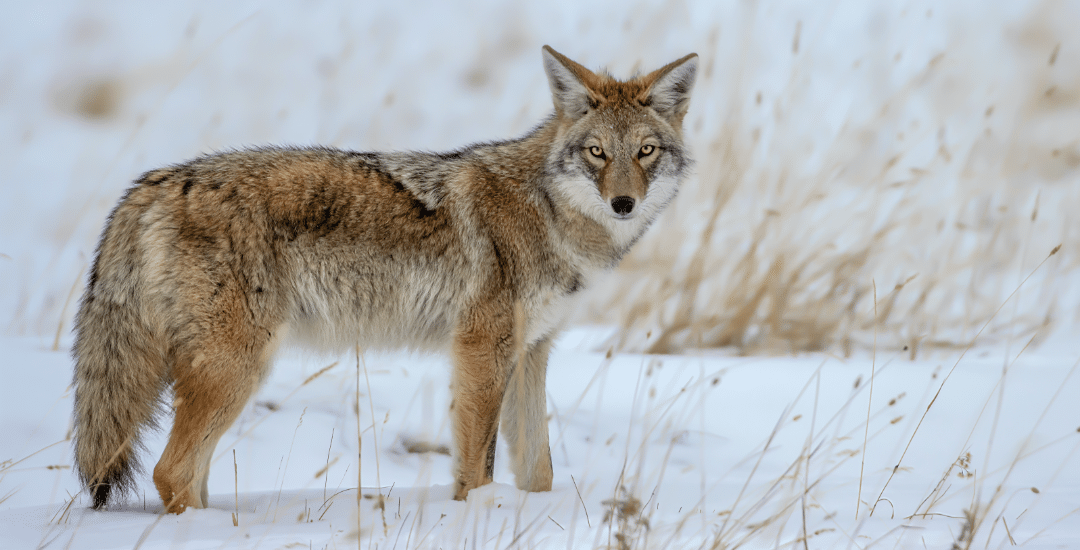
Featured
Sure, deer season might be over, but hunting season isn’t. It’s time to break out the calls for some hard-charging predator action. It’s cold out and the fury-fanged critters are hungry, now is the time to get after your local fawn killers.
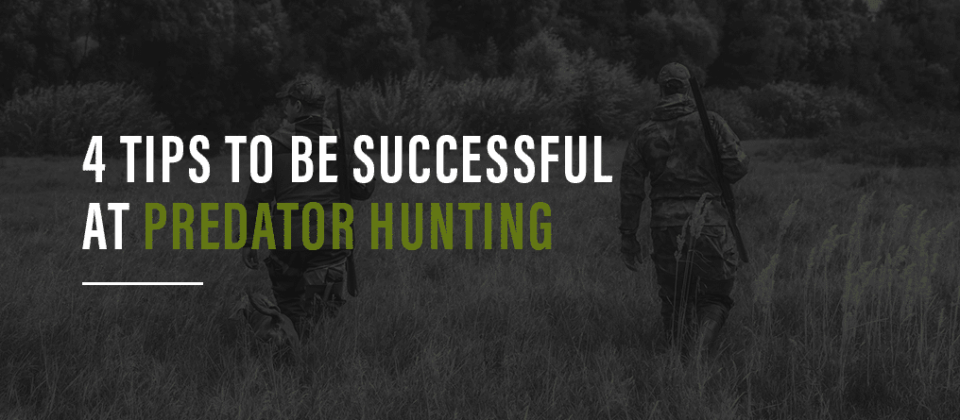
Featured
Predator hunting is essential for wildlife balance. Learn about predator hunting and how you can become more successful by following four new tips.
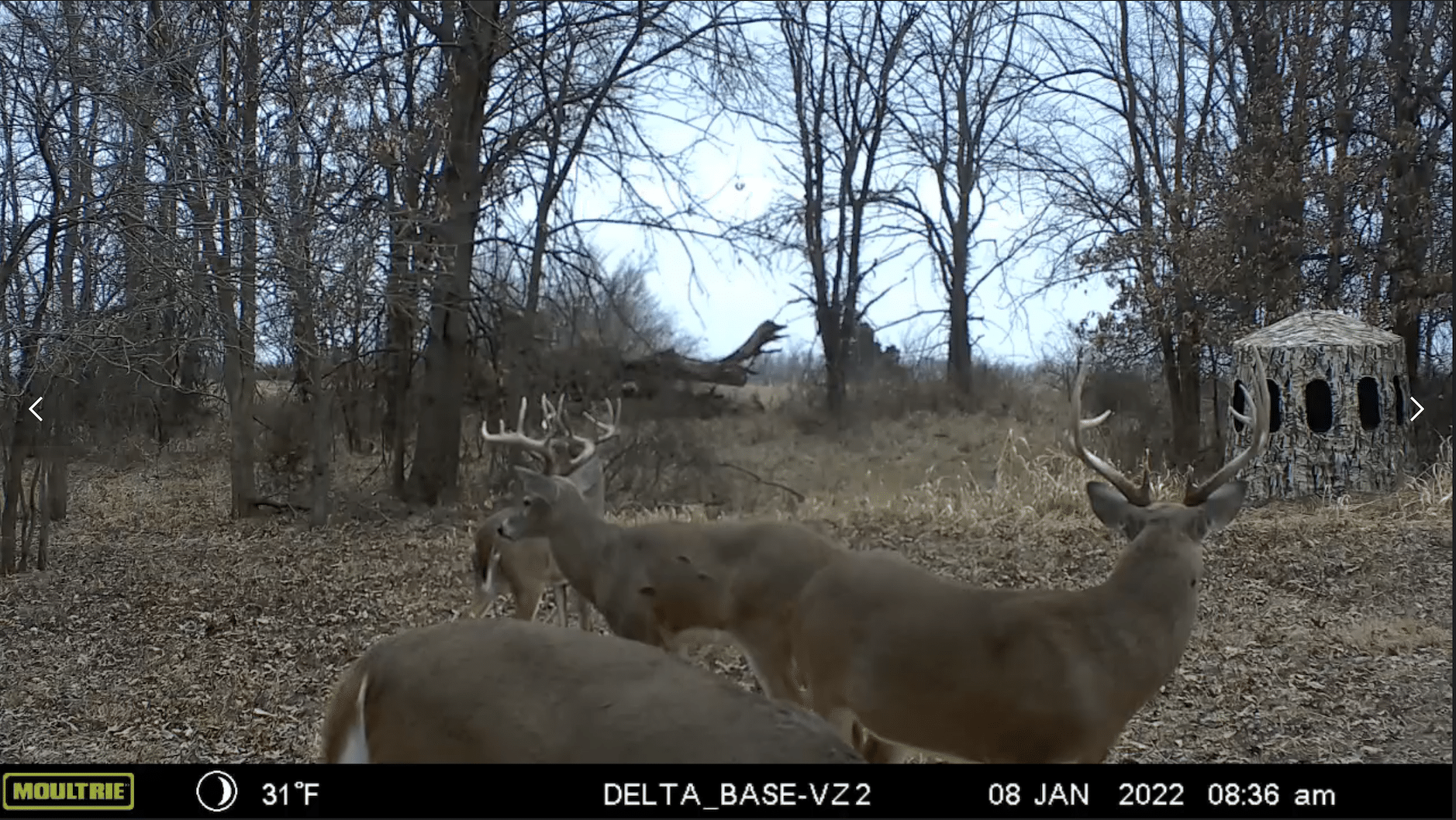
Featured
Cellular trail cameras allow you to see what’s happening on your property when you’re not there. This makes them great for scouting deer, but there are so many more uses for your cell cams outside of hunting season. Here’s a few options that beg for a cellular trail camera.



